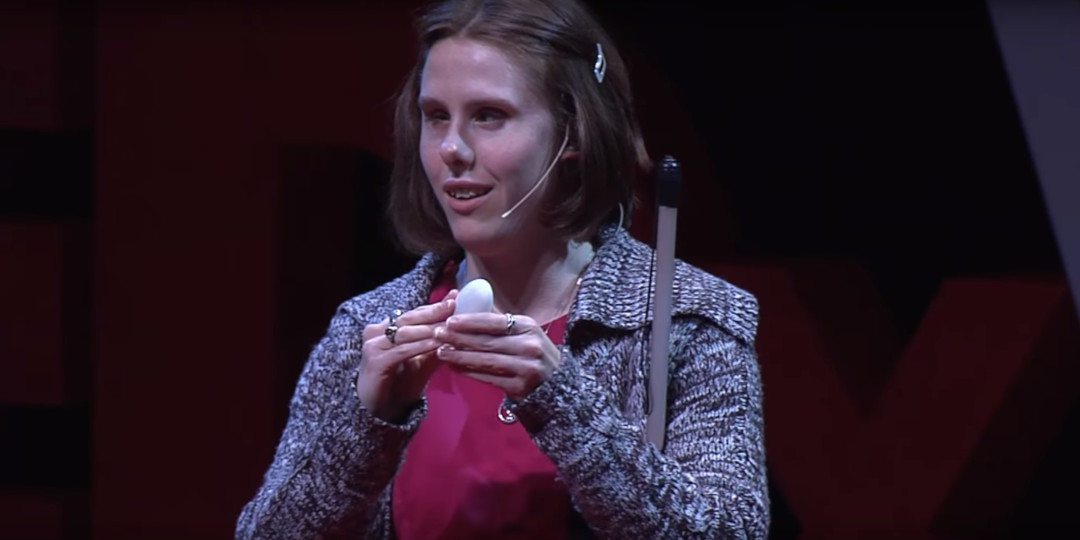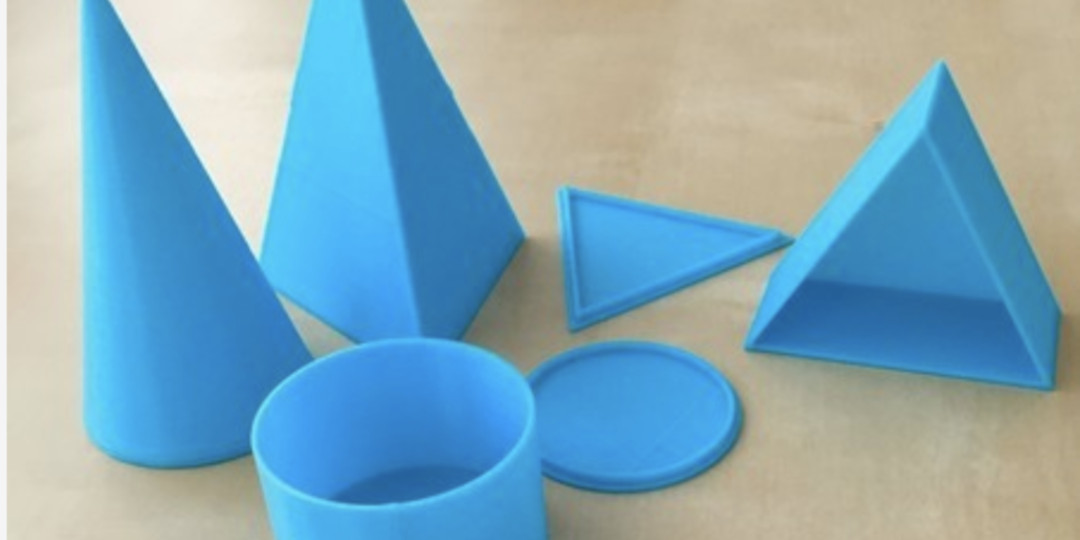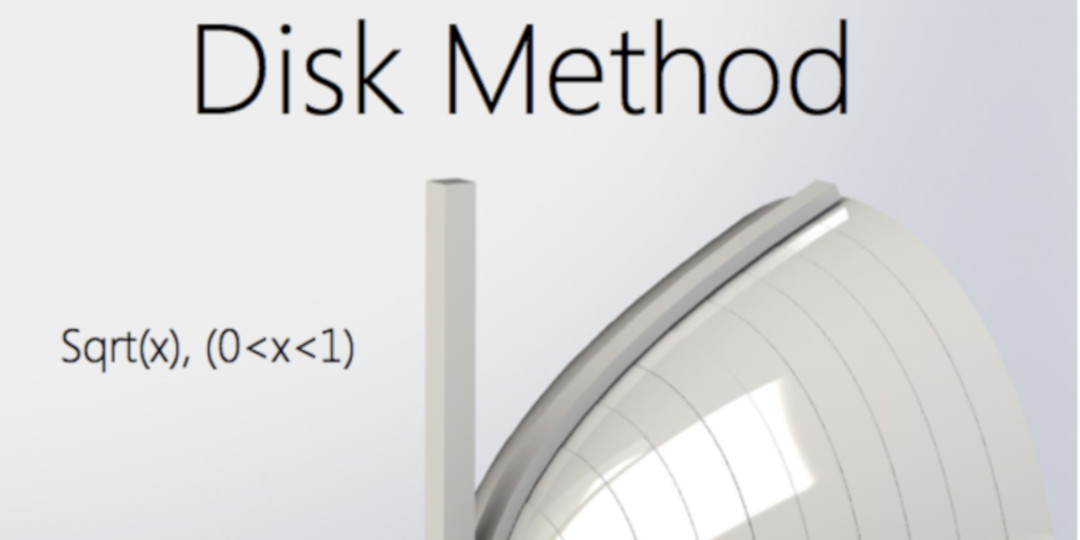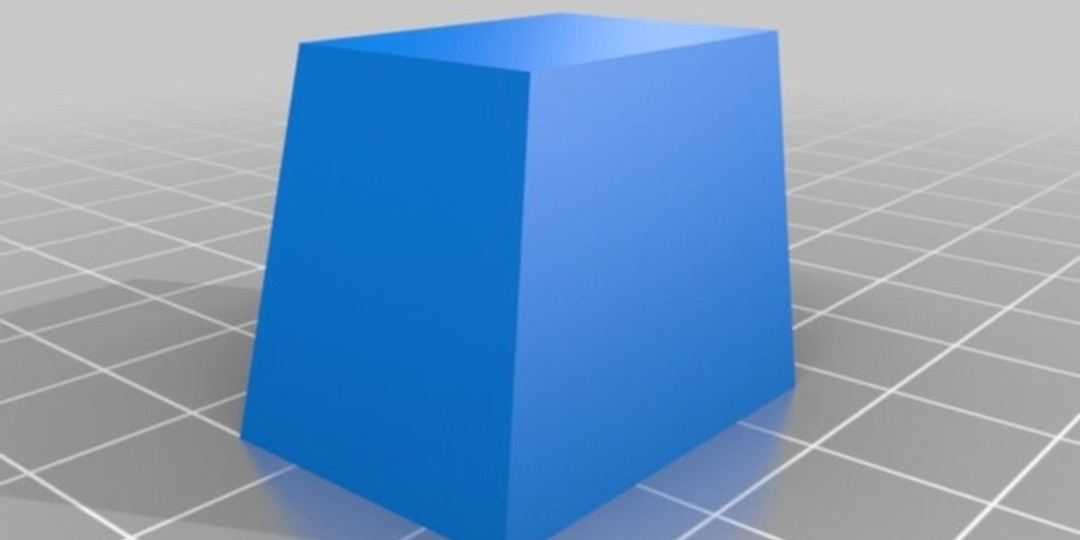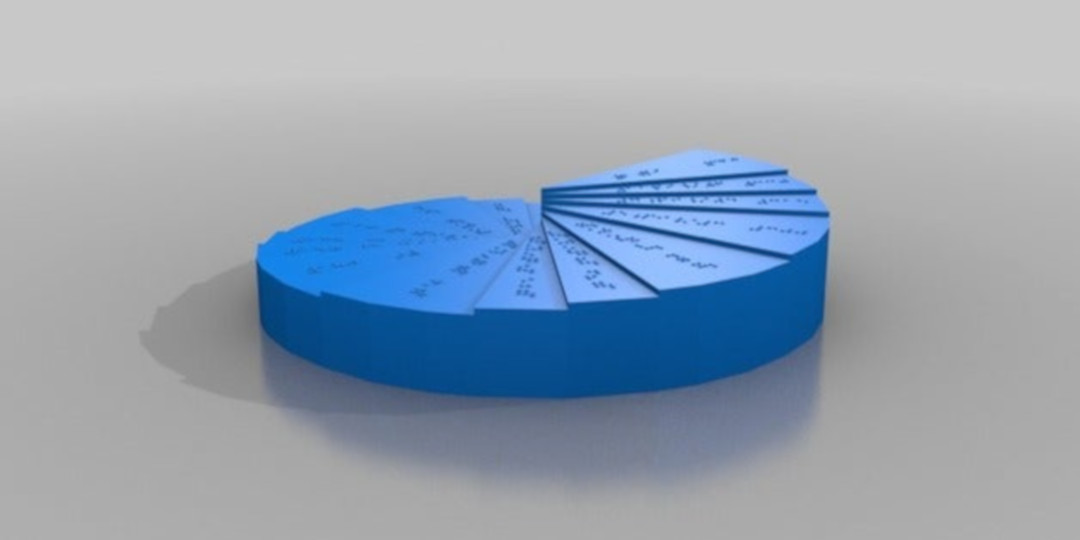Whether it is the creation of models and manipulatives, the conversion of 2D images to 3D tactile objects, or the ability to place Braille on designed objects, 3D printing allows teachers of the visually impaired to have personalized learning aids that empower them to improve the learning experience of their students.
The Tactile/Solution Problem Bank will provide information from individuals who have been working with the visually impaired about how students, educators, and designers can create usable tactile models and use braille in their designs appropriately. It will provide a way for teachers of the visually impaired to share their needs for specific models and for models that help explain specific ideas. The project will also set up a group of evaluators to assess the effectiveness of models submitted and to provide feedback to the designers. Those models that follow the best practice guidelines will be shared on YouMagine and a listing of those models with referral links will be posted on the project page. The models will also be included in an education database. We also encourage educators who use the models to share their experiences. This project is meant to be ongoing, but there will be one milestone of note: an exhibit of selected models at Construct3D 2018, an academic 3D printing and digital fabrication conference hosted by Georgia Tech on October 5-8, 2018.
Background
I first became aware of the impact 3D printing can have for visually impaired students when I attended a three-day meeting with over fifty library, museum, and school professionals from across the country at the Tech Museum of Innovation in San Jose in June of 2015. The conference was organized by Silicon Valley-based non-profit, Benetech to survey and develop an understanding of the existing efforts connecting 3D printing and education, and to identify ways in which makerspaces and 3D printing resources could transform the educational experience of students with disabilities. The conference built upon DIAGRAM Center’s research into the ways that 3D printing technology could be applied to create accessible educational materials.
While others at the conference had been involved with these issues for years, for me, it was the first time I was exposed to the challenges that teachers of the visually impaired and the visually impaired faced. I’ve always been a visual learner. I had never questioned the approaches my teachers had taken to conveying information in my classes in High School, college, and graduate school, or how I myself had used images to help my own students understand the material in my classes. But during the conference, I met people who were blind or who had difficulty processing visual information. My encounters helped me understand how hard it might be for those with different abilities to learn from charts, graphs, diagrams, maps, photographs, and other images.
It was at the Benetech conference that I met Chelsea Cook, the Virginia Tech graduate who majored in Physics. Chelsea told us about the difficulties that she had in her multivariate calculus class because she couldn’t wrap her mind around some of the equations. Chelsea was lucky that there was a team at the University who were interested in developing technology to assist a visually impaired student who wished to understand the effects of complex mathematical formulas. The team, made up of Christopher Williams, assistant professor of mechanical engineering and engineering education at the College of Engineering, Austin Amaya, doctoral student of mathematics at the College of Science, Ethan Groves, a junior majoring in computer engineering, and Jacob Moore, a doctoral student in engineering education at the College of Engineering, worked to display a wide range of complicated mathematical objects in a tactile way and chose 3D printing as the solution. They created 3D representations of mathematical functions using mathematical modeling and computer aided drafting software, saved the models in STL format, and 3D printed the equations using FFF machines.
With Chelsea’s help, the team identified the common surfaces and the particular surfaces used in class and for homework, and was able to create tactile models that could be carried around and implemented as needed.
While Chelsea was certainly helped by the 3D printed models, these same models (which can be explored tactually and provide students with an alternative means to perceiving the content) could also be used to aid the learning of sighted students who have difficulties visualizing abstract geometries from 2D representations.
At the conference, I also met Abigale Stangl, a research assistant and PhD student from the ATLAS Institute at the University of Colorado, who focuses on the design tools that assist people to design for people with visual impairment and their support communities. Abigale demonstrated CraftML, an XML-style markup language for 3D modeling that includes support for Braille text.
Everyone at the conference agreed that there was a need to make educational 3D models more available, discoverable, and usable, however, there were still issues that needed to be addressed. Aside from the state of the technology and the questions of image and model ownership, a major obstacle was the lack of standards that existed that could be employed when designing or evaluating models. To that end, the conference focused on developing a network of collaborators (educators, students, publishers, accessibility experts, individuals from 3D printing companies, librarians, museum staff, and makerspace members) working to develop standards and create models.
I found the conference amazing and inspiring. Not only did the sessions and interactions shed light on accessibility issues that I had never previously thought of, like which modeling programs support the visually impaired, it was also one of the few conferences I have ever attended where participants left with and stuck to, their plans to continue the process started over the weekend. Working groups actually continued to meet, and ideas continued to be generated.
I can’t say that I was a model contributor, but as I have transitioned through different jobs, I have maintained a sensitivity to the issues, and when possible, have consistently advocated for supporting accessibility efforts.
My work with Ultimaker has introduced me to Mara Hitner from MatterHackers. Mara has been a long time supporter of using 3D printing to help the visually impaired, and in 2017 she helped establish and run MatterHacker’s Envision The Future Design Challenge, which asked designers to create tactile models “to be used in a classroom for Kindergarten all the way up to Graduate school. It could be an example of architecture, a bust of a historical figure, a math or science learning tool (a.k.a. manipulatives), animals or plant-life, or any of the examples suggested by teachers.” On several occasions, Mara and I have discussed strategies for how we could combine our efforts.
Yet, it wasn’t until Pioneers Rich Lehrer and Vicente Gascó expressed interest in developing separate Community Projects around tactile models that I realized the idea had reached critical mass. Pioneer Rich Lehrer, the Innovation Coordinator at Brookwood School in Massachusetts, proposed creating a Tactile Problem Bank based on his Problem Bank project.
About five years ago, Rich and some of his 8th-grade students engaged in a project to create an assistive device for his three-year-old son, Max, who was born with Amniotic Band Syndrome. It was a transformative project that left Rich looking for more ways to use CAD modeling and 3D printing to teach STEM, design, and problem solving. Rich came up with the idea of a Problem Bank (essentially a website where community members post problems in need of 3D printed solutions), and for the past four years he has been refining his approach, broadening the work he is doing with students, and essentially sharing the idea with other teachers and schools that are looking to provide their kids with authentic learning experiences. You can see a little more info about some of his work in this EdSurge article and on his website.
Vicente Gascó is a product designer, educator, and entrepreneur who teaches at and directs the Atlantic University College's Fabrication Lab in Puerto Rico. Vicente told me about how over the last eight months he had been working on a 3D printable project that attends to the needs of educating blind or legally-blind children in Puerto Rico. While working with special needs educators and consultants, he learned about the educators’ requirements. He found that many educators he met created their own models with whatever materials they could afford or were available. Vicente was convinced that his expertise, along with the Ultimaker community, could lead to the designing, prototyping, and sharing of many solutions.
There has certainly been a lot of interest around tactile models for the visually impaired. Unfortunately, not all the solutions or examples have been appropriate for their intended audience. To avoid past mistakes, this project wants to educate designers about requirements and working standards, provide challenges that satisfy actual needs, evaluate the solutions based on established criteria, and make the approved solutions easy to find and accessible to the educators who need them.
Now imagine that there is a repository of multimodal educational assets (2D and 3D tactiles, text descriptions, videos, audio recordings, etc). Imagine that this repository is searchable by subject and modality, and all the items in the collection are tagged with metadata. So now, as an educator who is interested in exploring alternative ways to communicate an idea, I don’t have to search a number of sites that may or may not meet my needs. I can look in one place to easily find resources that can help all of my students learn about a particular topic through various modalities or approaches. So whether a student has a disability, or just demonstrates a preference for a different learning style, I can now find and use resources that support and reinforce the learning of each of my students. Recently, when I reconnected with Benetech’s Lisa Wadors, she told me about just such a repository/registry. ImageShare is Benetech’s central platform that allows users to search across multiple collections, using specific search parameters.
After speaking with Lisa and Sue-Ann Ma from Benetech, it became apparent that tactile models can be used as teachable objects for many types of students, and that some models may be more appropriate for different groups of students (differentiated by age, level of understanding, or ability). This idea of layers or gradients completely opens up this community project. Yes a model that benefits the visually impaired student can also help the sighted student with the understanding of a complex idea, and introducing color to the same model may actually provide additional understanding for a low vision or sighted student. Adding mechanisms that allow a model to move may not be suitable for a blind student, but could provide a deeper level of understanding for a sighted student that needs to see the relationships between parts and how one part influences another.
This community project starts with designing tactile models for the visually impaired, but it is also about using design to ensure that teachers have access to educational materials that are accessible regardless of learning styles, physical, or sensory abilities. So if you're not sure that your model is 100% appropriate for a visually impaired student, we still encourage you to submit your solutions if you believe that they can help other students understand a concept, lesson or idea.
This project invites students, educators and designers to:
Learn about the best practices for designing tactile objects for the visually impaired.
Apply those best practices to designing models that allow visually impaired students to explore specific ideas.
Submit designs to be assessed by a team of educators who work with the visually impaired.
Add models to Benetech’s ImageShare repository.
The other side of this project encourages educators to request a specific model or a model that explains a specific idea. Educators can use designs that have been submitted and then share how they used them, and if the model contributed to the understanding of the concept being taught. Educators are encouraged to provide feedback, so that the community can customize or modify the models for different audiences or situations.
Inspiration























